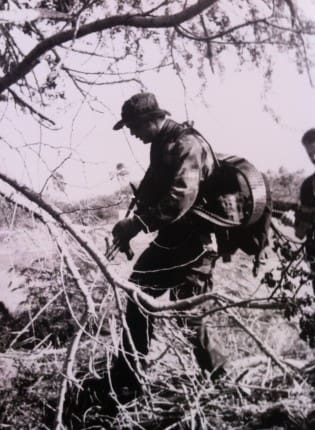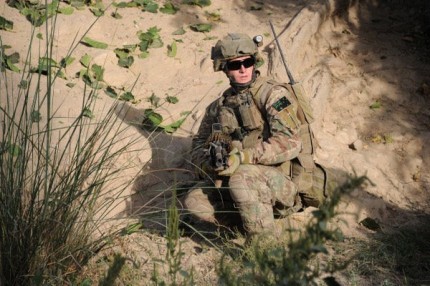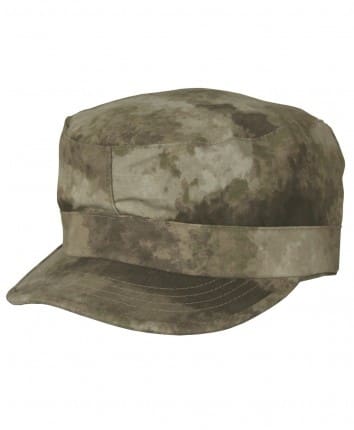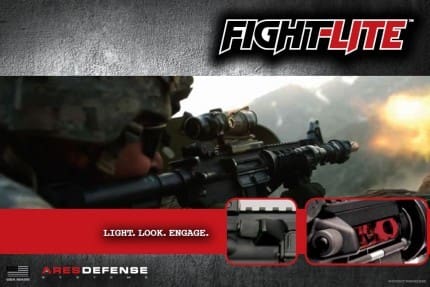Many SSD readers are military or LE veterans and learned the tactical application of firearms while in uniform. Some of you same shooters have joined others who have never served to attend formal training courses presented by professional trainers. And while formal training is by far the best way to learn, it isn’t always accessible. Whether a shooter wants to acquire knowledge from a new trainer or reinforce lessons already learned from another, it becomes clear why training videos are so popular.
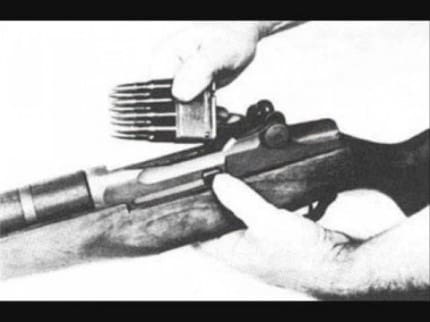
History
Training videos are hardly new. You may have seen the infamous Army training films from World War II and the military has continued to produce movies on a variety of subjects over the years. During the 1980s companies like Paladin Press began producing training videos in VHS format. In fact, you can still get the great Jeff Cooper’s Defensive Pistolcraft on DVD. Nowadays, they have become pretty hi-tech, produced with state of the equipment and edited with techniques found in hit movies.
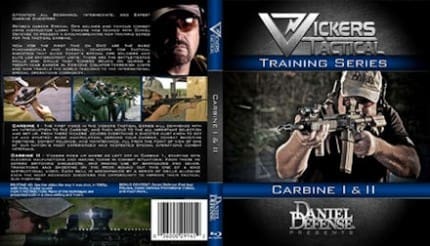
Types of videos
Today, there are several options on the market offered by different companies. You have instructional videos from Daniel Defense, Magpul Dynamics, Panteao Productions, Thunder Ranch, Viking Tactics and yes, even Paladin Press is still in the business with each company offering their own interpretation of what an instructional video should be.
There are different formulas used by the various production companies. For instance, Magpul Dynamics has spent the most money per video title having gone so far as set up an in-house production company. On the opposite end of the spectrum you have Viking Tactics and Thunder Ranch. The important thing is not how much money each company spends on the instructional videos, but rather, how well the information is passed on to the viewer. Whether a company spends $200K or $2K isn’t important. It’s what you get out of the video that matters.
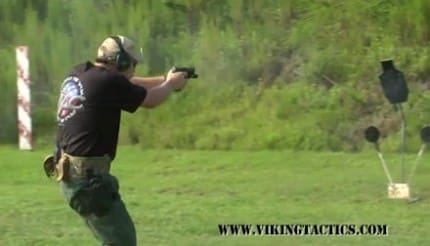
Another thing that is different about the various videos on the market is their presentation style. One method of instruction is to present a classroom setting on the range with the instructors addressing a range full of students. There are pros and cons to this. With this format, much attention is spent on getting the right camera angles on students and capturing the interaction between the them and the instructors. Depending on the students, they can sometimes be a distraction. On the flipside, you get to see the instructor interact with the students which might give you clues on whether to pursue attending a class. Remember that the end goal of an instructional video is to teach you techniques or pass along information about the given subject matter. Instruction isn’t about how Gucci someone looks on the range with all their kit. These guys aren’t movie stars, but they are rock stars.
The other approach to training videos is to feature the instructor addressing the viewer in a one-on-one setting. This removes the extra content normally associated with a video showcasing students and keeps the focus primarily on the instructor. Some like the format of a classroom environment while others instead prefer the one-on-one instruction.

Why use a video?
Should you try to learn tactical firearms manipulation solely from a video? No. However, can you learn a lot from a video. While there is nothing like a live instructor coaching you, the advantages of training videos are myriad.
For example, you can take it at your own pace. Many times, because of the size and schedule of a class, an instructor won’t be able to work on a technique over and over. Dovetailing on that concept, you can replay a technique over and over, slow it down, or even freeze frames. This gives you access to the instructor that you wouldn’t have even in a class, allowing you to customize the training experience a bit for yourself.
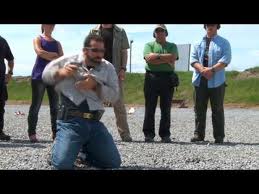
Additionally, you can learn from a new instructor or “try him out” before you invest the thousands of dollars it can cost to attend a formal course once you add up supplies, travel and lodging.
Entertrainment
While many are using tactical training videos to improve their fighting position, there are others who are looking for “entertrainment.” Yes, you read that right; “entertrainment.” Just as there are some students who attend classes for the “wow” factor, kind of like guys who attend fantasy baseball camp, there are those who buy videos to watch the pros. Unfortunately, some of these guys are going to think they are being trained while they sit there watching the video. Or better yet, they’ll critique the trainer from their couch.
If you are looking for the MTV factor, there are several reality shows that should hold your attention. Top Shot, Sons of Guns, One Man Army and some of the survival shows currently on the air provide entertainment.
What does the future hold?
Already, a new option is the ability to watch the training videos online via streaming video rather than on a DVD. Like video subscription services such as NetFlix, this new approach allows you to pay a subscription and pick and choose which instructors and which videos you want to learn from. The next logical step being able to take that training to the range via your iPad, iPhone, or Android device.
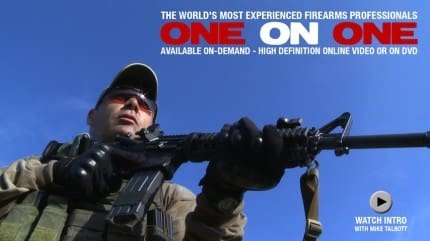
If you’ve played any hit video games you know, we are one step closer to interactive training systems based on popular gaming consoles. If anyone remembers the old FAST trainers or even older Weaponeer, then you can see that the only thing missing from low-cost interactive training is the interface. Devices that can be adapted to real weapons or purpose built training guns will be available. As training devices become more realistic, specialized apps or games will be developed that not only provide feedback on hits but also on other aspects of marksmanship. Perhaps such technology will get the enthusiast off the couch and help them make that transition from entertrainment to actual training.

Until then, just remember, there is entertrainment and there is actual training. If you are looking to be entertained, you should stick to the X-Box or reality television programs. Can you be entertained by watching a video of an instructor demonstrating shooting techniques? Sure, but if what you really want is to improve your knowledge and skill set, pick up a training video. Proficiency comes with hard work, not from sitting around watching someone else sweat on TV. Be safe, and make sure your weapon is safe when conducting dryfire practice of techniques. Follow the four rules of gun safety when training. Whether you have served in uniform or have learned tactical shooting from civilian trainers, tactical training videos are a great tool and serve as an excellent supplement to formal training.




